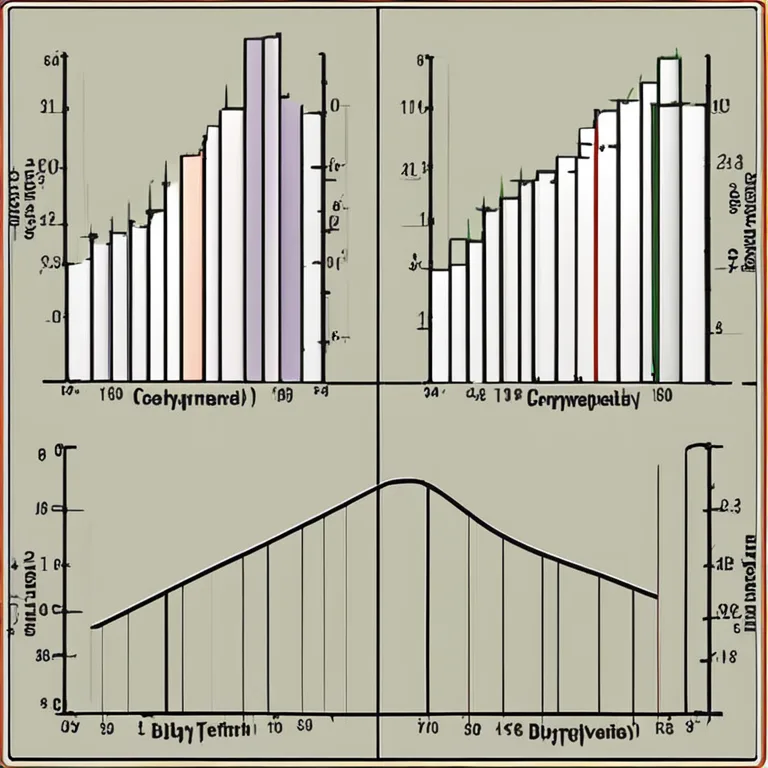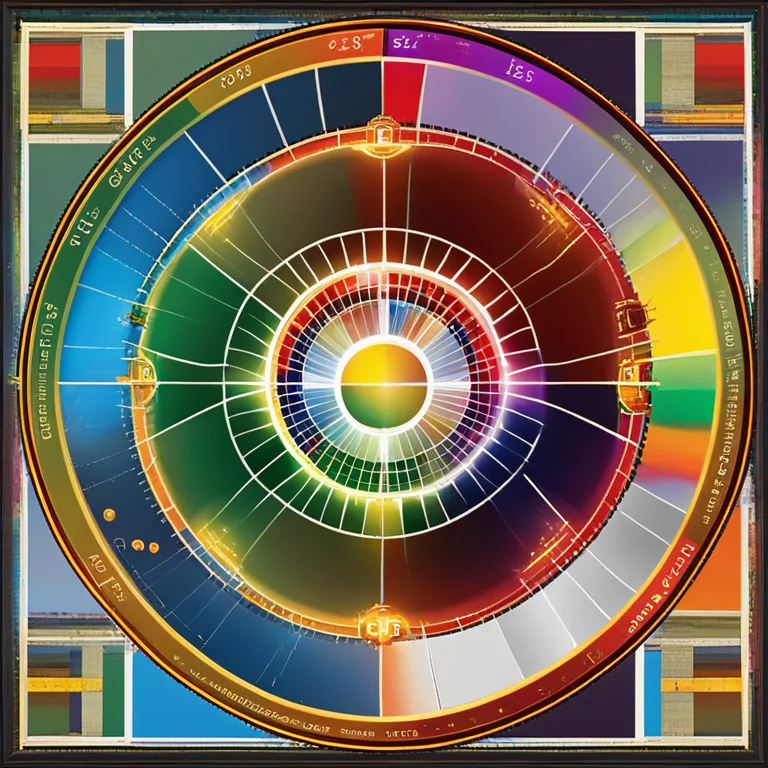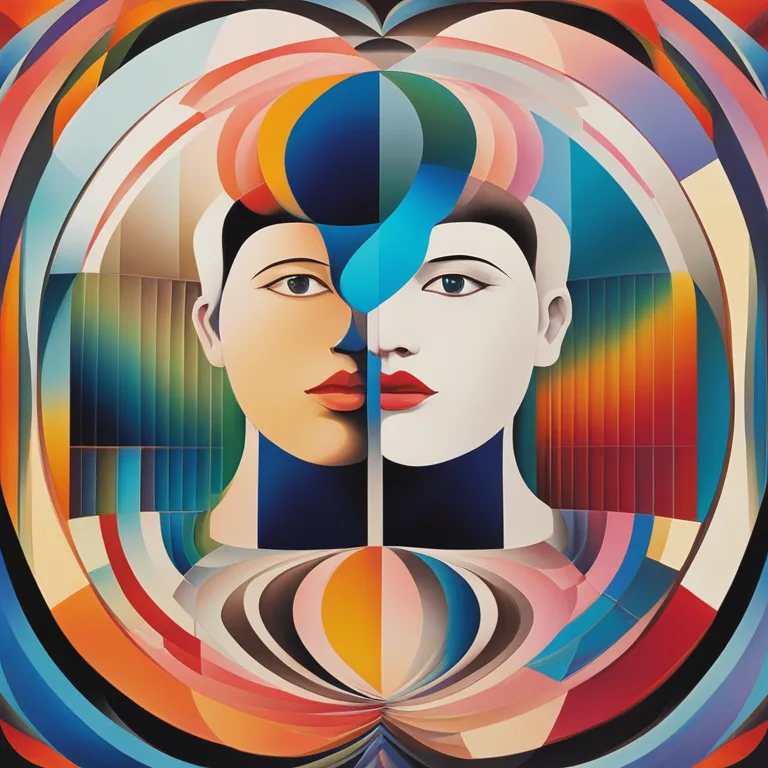
Biorhythms & Compatibility: Syncing Life's Rhythms
Discover the intriguing concept of biorhythm compatibility and how it may influence interpersonal dynamics.
article by Adrian Wallace
The Basis of Biorhythms
Biorhythms are often described as the natural cycles of energy that regulate various aspects of our physical, emotional, and intellectual well-being. These rhythmical patterns are thought to begin at birth and oscillate in predictable patterns throughout our lives. Traditional biorhythms theory points towards three primary cycles: a 23-day physical cycle, a 28-day emotional cycle, and a 33-day intellectual cycle. By understanding these cycles, it is believed that individuals can gain insights into the ebbs and flows of their personal energy levels and capacities.

Introduction to Compatibility
When it comes to human relationships, compatibility is a complex interplay of factors, including personality, values, and life goals. In the realm of biorhythms, compatibility extends to the synchronization of these cyclic patterns between individuals. The concept holds that by comparing the biorhythm charts of two people, one can predict periods of harmony and discord. This compatibility is not just relevant for romantic partnerships but can also be applied to friendships, professional relationships, and family dynamics.

Calculating Biorhythmic Compatibility
To calculate biorhythmic compatibility, first, each person's individual biorhythms are charted based on their birth date. The cycles are then overlaid to identify the points of intersection. Days when the cycles peak or trough at the same time may indicate heightened compatibility or potential for tension. This form of analysis puts an intriguing spin on how we may anticipate and navigate the variances in our daily interactions with others.

Biorhythms in the Modern Age
With advances in technology, the concept of biorhythms has found new life in the digital age. Various software and applications now offer detailed personal biorhythm charts and compatibility readings, with algorithms that account for the complexities of these cycles and their interrelationships. Within a society increasingly seeking personalized experiences, biorhythms' appeal is on the rise as a bespoke tool for self-understanding and relationship management.

Skepticism and Belief
Despite its popular appeal, biorhythm theory has its skeptics. Critics argue for more empirical evidence to support the notion that these cycles impact daily life. Nonetheless, many people find value in the framework as a heuristic for self-reflection and enhancing personal connections. Whether one views biorhythms as a scientific curiosity or a practical guide, the concept invariably sparks dialogues about the nature of our interpersonal rhythms.
Applying Biorhythm Insights
Embracing the insights from biorhythm compatibility can be as simple as choosing the right times for critical conversations or as complex as planning significant life events. By being aware of the potential ups and downs in energy and mood, individuals can strive for better synchronization in their relationships, aiming for moments of collective high energy or understanding when to give each other space during low phases.
Final Thoughts
While biorhythm compatibility is not a crystal ball that can predict the future of relationships, it serves as an additional lens through which to view our connections with others. Whether adopted as part of a broader belief system inclusive of astrology and horoscopes, or approached with a pinch of curiosity, the study of biorhythms invites us to pay closer attention to the invisible forces that may be at play in our lives together.
Published: 12/28/2023
Modified: 12/28/2023
More predictions
Come back here soon to learn more about yourself and your future


Biorhythm Compatibility & Birthdays
Discover the intriguing connection between your birthday biorhythms and relationship harmony in our insightful article.


The Reality Of Biorhythm Compatibility
Unravel the truth behind biorhythm compatibility and its role in personal relationships and daily life.


Biorhythms In Humans Explored
Exploring the concept of biorhythms and their influence on human behavior and physical states.